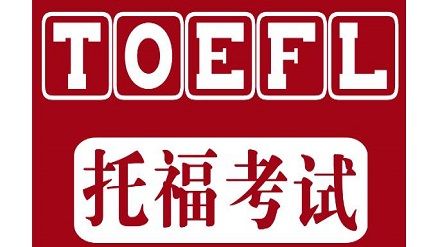Introduction
随着社会发展,人们越来越重视对隐私的保护。可以看到指纹扫描运用到生活各个方面来保护我们的隐私,例如保险柜,笔记本电脑等等。但是指纹扫描的运用都可以保护大家的隐私么?中校方所期待的新技术就遭到家长们的反对。。。Vocabulary n.指纹, 手印 vt.采指纹
学区
扫描器和扫描仪
废弃:因为无用而丢掉;抛弃 plan was scrapped注意用法
v.不准
v.拾落穗, 收集
n.受严格统治而失去人性的社会
词汇都比较简单,建议泛读
Article The lunch lines weren‘t moving fast enough for Linda Stoll, head of food programs at the Boulder Valley, Colo., school district. Because of that, kids had barely enough time to sit and eat before the lunch period was over. So, last year, Stoll began looking for ways to speed up the queue. She discovered that many students, especially kindergarteners, can‘t remember their six-digit ID number, which they‘re required to type into keypads at the end of lunch lines. She then found out that there was technology that would allow a scanner to identify a kid qualified for lunch with the swipe of a finger, moving him or her quickly along. It would help kids who regularly forget their lunch money, and it would potentially remove some of the stigma faced by children who receive special tickets for free or reduced lunch. She proposed the idea, believing it would be the perfect solution.
It turned out to be the perfect storm. Dozens of parents raised concerns about privacy. Many mentioned identity theft. Others expressed fear that immigrant children might be unfairly tracked by government. Eventually, Stoll‘s plan was scrapped.
Elementary and high school students in Pennsylvania, New Jersey and West Virginia use finger scans to pay for lunch — and even to check into class. But in many other states, the parental outcry about privacy has stopped the technology in its tracks. Michigan and Iowa have passed laws essentially barring schools from taking electronic fingerprints of children. Last month, Illinois enacted a law requiring schools to get parental consent before capturing an image of a child‘s finger.
Generally, student information collected by schools is protected by the federal government‘s privacy laws. So schools can‘t simply give away information gleaned from a student‘s fingerprint. Still, many parents and privacy law experts remain anxious about records accessible to companies managing a school‘s computer system — and whether that information can moved if that company is ever sold.
Americans have historically resisted fingerprints of any kind, associating them with law enforcement. "But through the back door, schools are making decisions that fly in the face of deeply held commitments to privacy by throwing on these kids fingerprint programs," says Helen Nissenbaum, a New York University professor of culture and communication who studies the intersection of technology and ethics.
Finger scanning is a type of biometric, or a form of identification. So is a person‘s voice, even odor, sweat pores and lips. It‘s not known how many schools use finger scans and other biometrics. But observers of the $1 billion North American biometrics industry say schools represent a small but growing share of their market.
For an example of how the technology typically works, consider another Colorado school district: St. Vrain Valley. School administrators spend hours at the start of each school year scanning several points on the student‘s right index finger. "The information is saved within our system — it doesn‘t go anyplace else," says Shelly Allen, director of nutrition services for the 23,000-student district. When the student reaches the end of the line, she places an index finger on a pad about the size of a car‘s garage opener. Her name, and sometimes an image of her face, appears on a computer screen in front of the cashier. Kids with dirty or sweaty fingers are allowed to use their ID card, as are students who can‘t have an image taken of them because of religious or cultural issues. Allen says the system has helped add at least 10 minutes to lunch periods that in some schools last just 20 minutes. The technology hasn‘t necessarily saved money: the number of cafeteria employees has largely remained unchanged.
But there is nothing static about family reaction. Parents are often caught off-guard by the arrival of the new technology in their children‘s school. Last fall, Jim Karlsberger‘s eight-year-old son returned from school with a newsletter briefly reporting that lunchroom finger scanning was set to begin. "I thought it was Orwellian," says Karlsberger, a 43-year-old hotel manager in Williams, Ariz. "I find it hard to believe that someone, someday, won‘t find a way to compromise the information on my child‘s fingerprint." He rallied dozens of parents and the American Civil Liberties union to derail the school‘s plan. Now Tom McCraley, the 760-student school district‘s superintendent, says that before considering finger scanning, "I‘d want to make sure parents had a full understanding about it."
In Boulder, Stoll still hopes to someday use fingerprint scanning in her schools. "I‘m just disappointed our parents wouldn‘t let us be on the forefront of this technology," she says.
Reference 隐私:生物识别技术应用中不可承受之重 Homework 1.what did Stoll believe the new technology help kids?
2.why Stoll‘plan was crapped?
3.what is the response of Tom Mcraley facing to the parents‘ fight?
4.if you are parent, what is your opinion?
